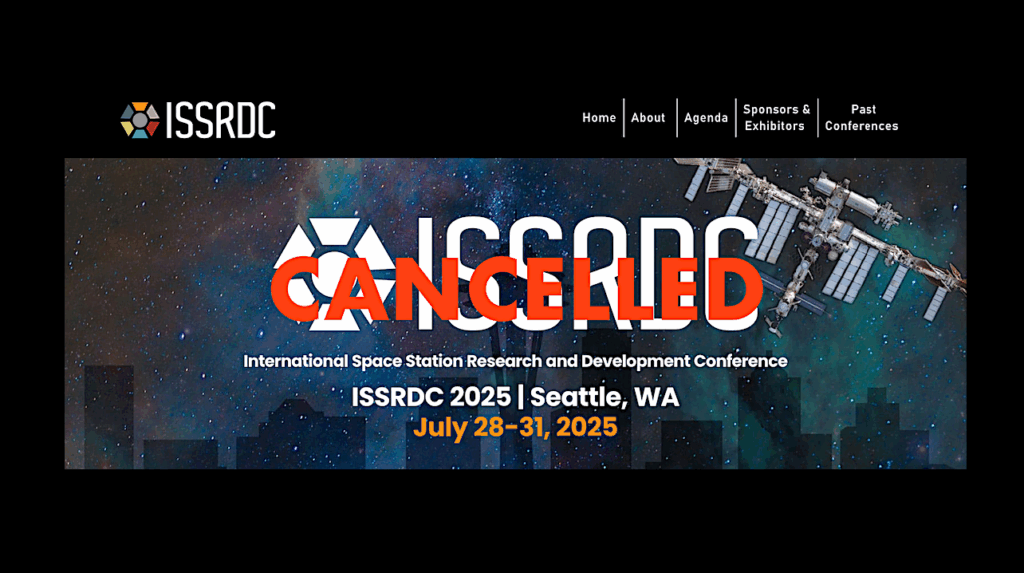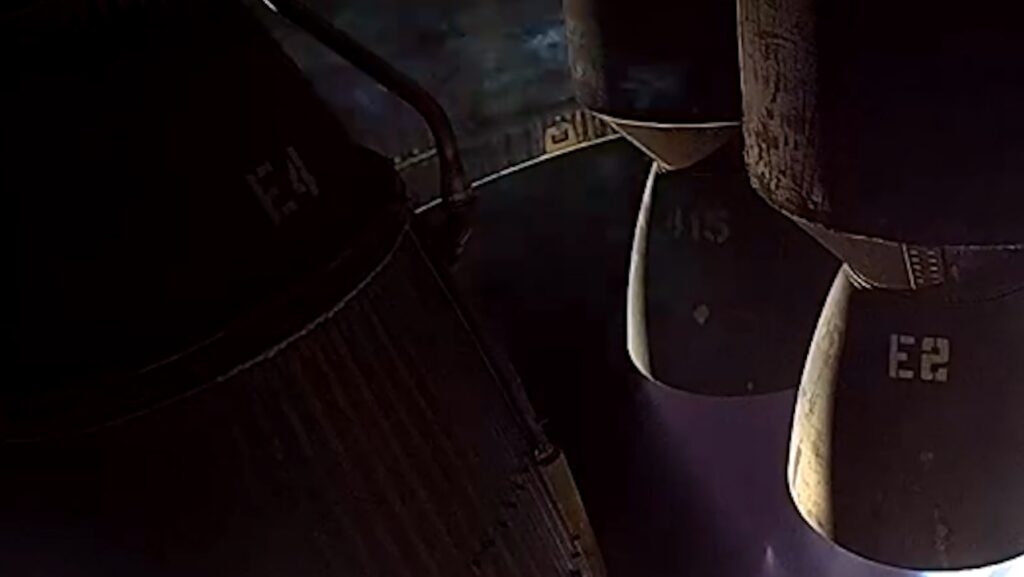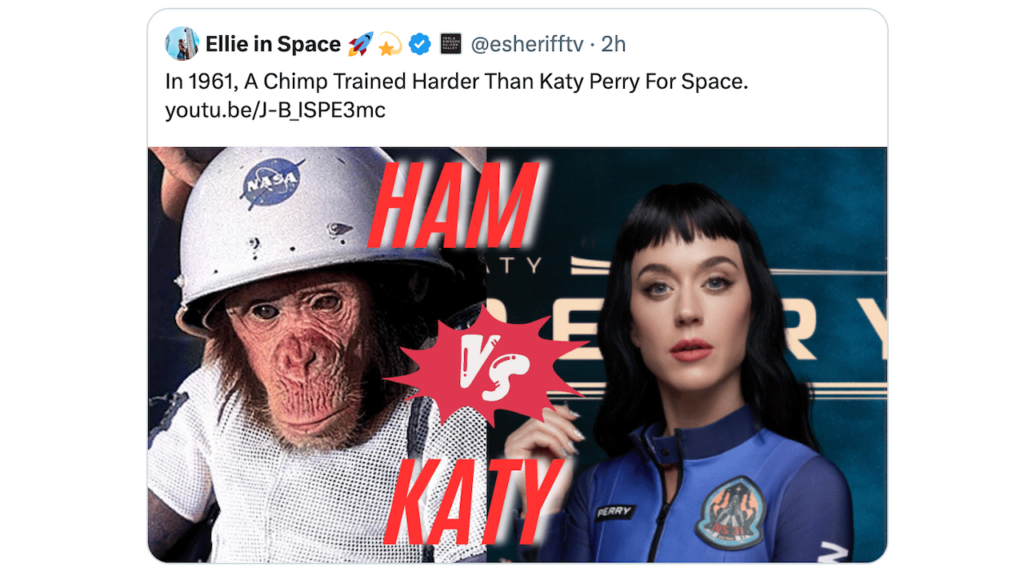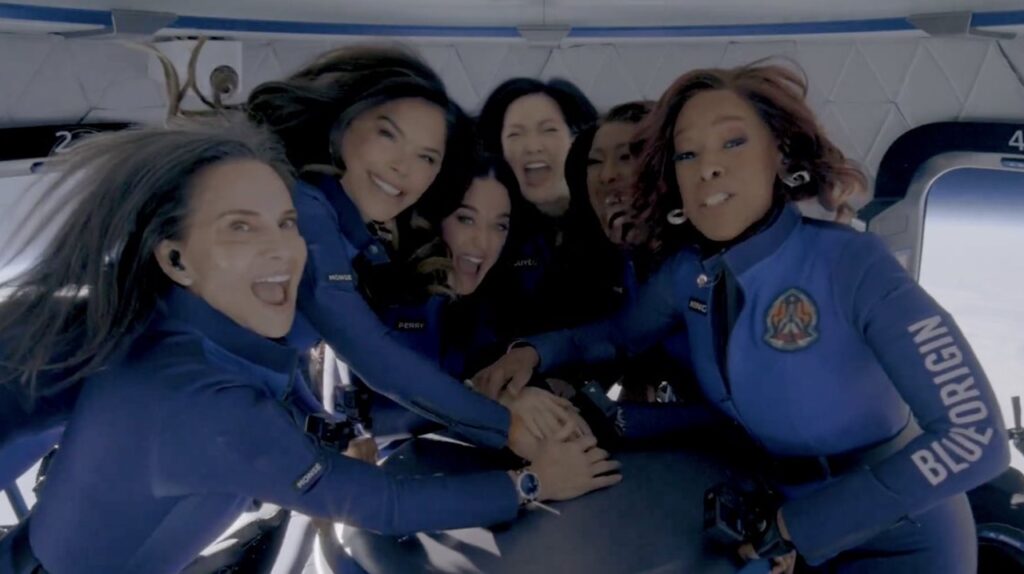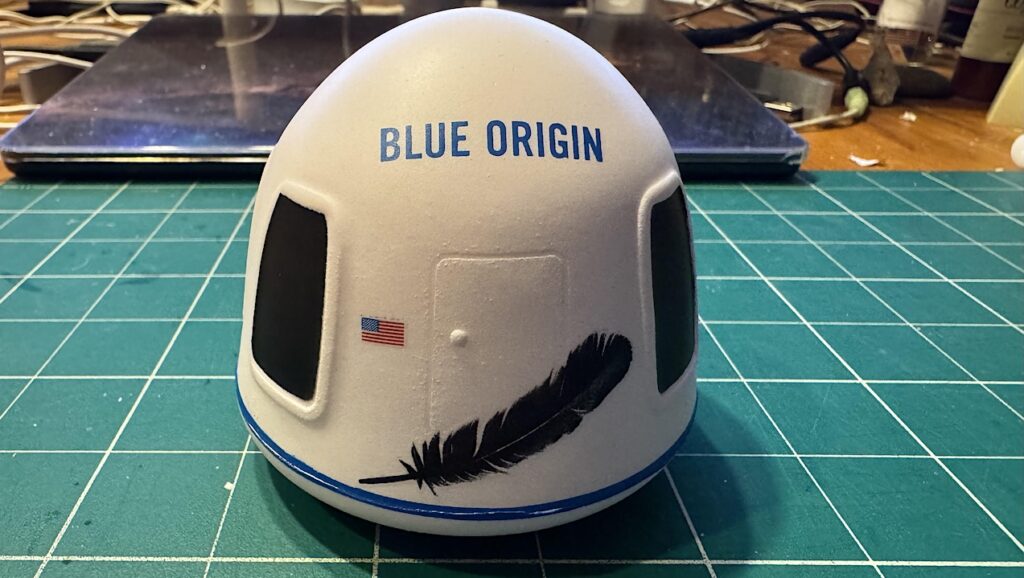Uncoordinated Technology Transfer at NASA (Update)
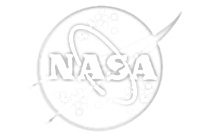
 Keith’s note: Today these three Technology Transfer Opportunities were posted on NASA’s procurement page by NASA LaRC media specialist Sean Sullivan.
Keith’s note: Today these three Technology Transfer Opportunities were posted on NASA’s procurement page by NASA LaRC media specialist Sean Sullivan.
– NASA Technology Transfer Opportunity: Facile Synthesis of Supported Nanocatalysts with Metal Oxide Nanoparticles
– NASA Technology Transfer Opportunity: Autonomous Slat Cove Filler Device Reduction of Aeroacoustic Noise
– NASA Technology Transfer Opportunity: A New Method for Develping Boron Nitirde Nanotubes with Superior Morphology
As I noted last week, if you look back at this list of things released by NASA LaRC you will see that three of these Technology Transfer Opportunity notices are released every week. Not two, not four, but three. This is rather odd. I have sent an inquiry to LaRC. Let’s see how they explain this. I cannot understand why they simply do not post everything.
 Keith’s 26 April note: I sent some questions to RIch Atcliff at NASA LaRC. Here are my questions and his replies.
Keith’s 26 April note: I sent some questions to RIch Atcliff at NASA LaRC. Here are my questions and his replies.
Why do you release exactly 3 Technology Transfer Opportunity postings every week by NASA LaRC on the NASA procurement site?
We have been attempting to get a wider dissemination for the licensing opportunities of NASA technologies. We have instituted a pilot project to utilize FedBizOpps to try and reach an additional audience that normally would not search the NASA technology sites. In the short time that we have been running this pilot we have been contacted by new organizations that have not been familiar with the opportunity to utilize NASA technologies. If this pilot proves successful we will certainly suggest that OCT consider utilizing this method across its technology portfolio.
Why are there never more (or less) than 3?
This is simply a matter of workforce available to respond to the opportunities. Three has worked out to be a reasonable number such that we can respond to the inquires in a timely way and not leave the potential customers waiting.
Why don’t you just post all of them online now?
See below
Why doesn’t NASA LaRC’s Technology Gateway reflect these postings?
Actually all of the licensing opportunities that we put on FedBizOpps are already posted on the Technology Gateway, here is the link – http://technologygateway.nasa.gov/index.cfm?fuseaction=marketplace again, this is just another method of getting the word out on technologies available.
Why don’t they get posted on NASA OCT websites?
There are a couple of answers to this question: First the Technology Gateway site is linked to the OCT website in a couple of places, here is one – http://www.nasa.gov/offices/oct/partnership/partnerships/section_pd.html, if you click on the LaRC Technologies link it is pointed to the Technology Gateway.
Second, the OCT Tech Finder gives you access to all of the technologies. It requires you to search for your needs, but it is an attempt to allow the public access to NASA technologies. Third, NASA OCT has realized that this system is still not as user friendly as we would like it. Therefore we will be rolling out a new Technology Portal in May that will take us another step forward in providing an easy way for the public to access our technology portfolio.
Why does NASA Tech Briefs make no mention?
Each year NASA Tech Briefs publishes over 600 articles about available NASA technology transfer opportunities. The annual rate of 600, formalized in the agency agreement with Tech Briefs, reflects the rate at which they are able to write, fact check, receive approval from NASA OCT, and publish–this simply takes time. These Langley opportunities are in addition to this large sum and represent a complementary approach to disseminating the large volumes of data related to NASA’s technology development.
 Keith’s 18 April note: The other day these three Technology Transfer Opportunities were posted on NASA’s procurement page by NASA LaRC media specialist Sean Sullivan. Hmmm “media specialist”. Doesn’t sound technical to me. More like PAO.
Keith’s 18 April note: The other day these three Technology Transfer Opportunities were posted on NASA’s procurement page by NASA LaRC media specialist Sean Sullivan. Hmmm “media specialist”. Doesn’t sound technical to me. More like PAO.
– NASA Technology Transfer Opportunity: Use of Beam Deflection to Control Electron Beam Wire Deposition
– NASA Technology Transfer Opportunity: NASA Langley Advanced Actuators and Transducers
– NASA Technology Transfer Opportunity: Crimping Tool for Safe and Efficient Critical Wiring Needs
If you look back at this list of things released by NASA LaRC you will see that three of these Technology Transfer Opportunity notices are released every week. Not two, not four, but three. This is rather odd. Is this the rate at which these things are actually generated, or is LaRC sitting on a pile of these things that they are slowly releasing so as to make themselves look a little more productive? You never find these things posted anywhere other than NASA’s procurement site. Why not post this information as soon as it is know? Why string people along with the release exactly (only) three per week?
The NASA LaRC Technology Gateway makes no mention of these notices. NASA OCT doesn’t mention them. NASA TechBriefs makes no mention either. And there is nothing on the NASA SpinOff page. Curiously there are a lot of things mentioned at the NASA LaRC Technology Gateway that are never featured as these Technology Transfer Opportunities are. And NASA OCT and NASA TechBriefs seem to have zero interaction. There you have it. Multi-focal dysfunctionality at work within the parts of NASA that are supposed to be looking at the cutting edge.
It would seem that there is no coordination process at NASA whereby technology transfer, spinoffs, or new commercial applications are collected together and promulgated with the interest of reaching the widest possible audience(s). From what I have been able to gather, no one at NASA is especially interested in making any of this more user friendly either.
– Dysfunctional Technology Efforts at Langley, earier post
– More Stealth NASA Spinoffs, earlier post
 Keith’s update: I just asked NASA CTO Mason Peck if he thought that this lack of coordination between NASA’s various technology activities was a problem given that they do not work together and that external users are forced to do a lot of leg work to understand what NASA does. NASA could make it easier for them to see what the agency does. Peck denied that this is a problem several times and said that “if there is a problem it is because we do too much”.
Keith’s update: I just asked NASA CTO Mason Peck if he thought that this lack of coordination between NASA’s various technology activities was a problem given that they do not work together and that external users are forced to do a lot of leg work to understand what NASA does. NASA could make it easier for them to see what the agency does. Peck denied that this is a problem several times and said that “if there is a problem it is because we do too much”.



